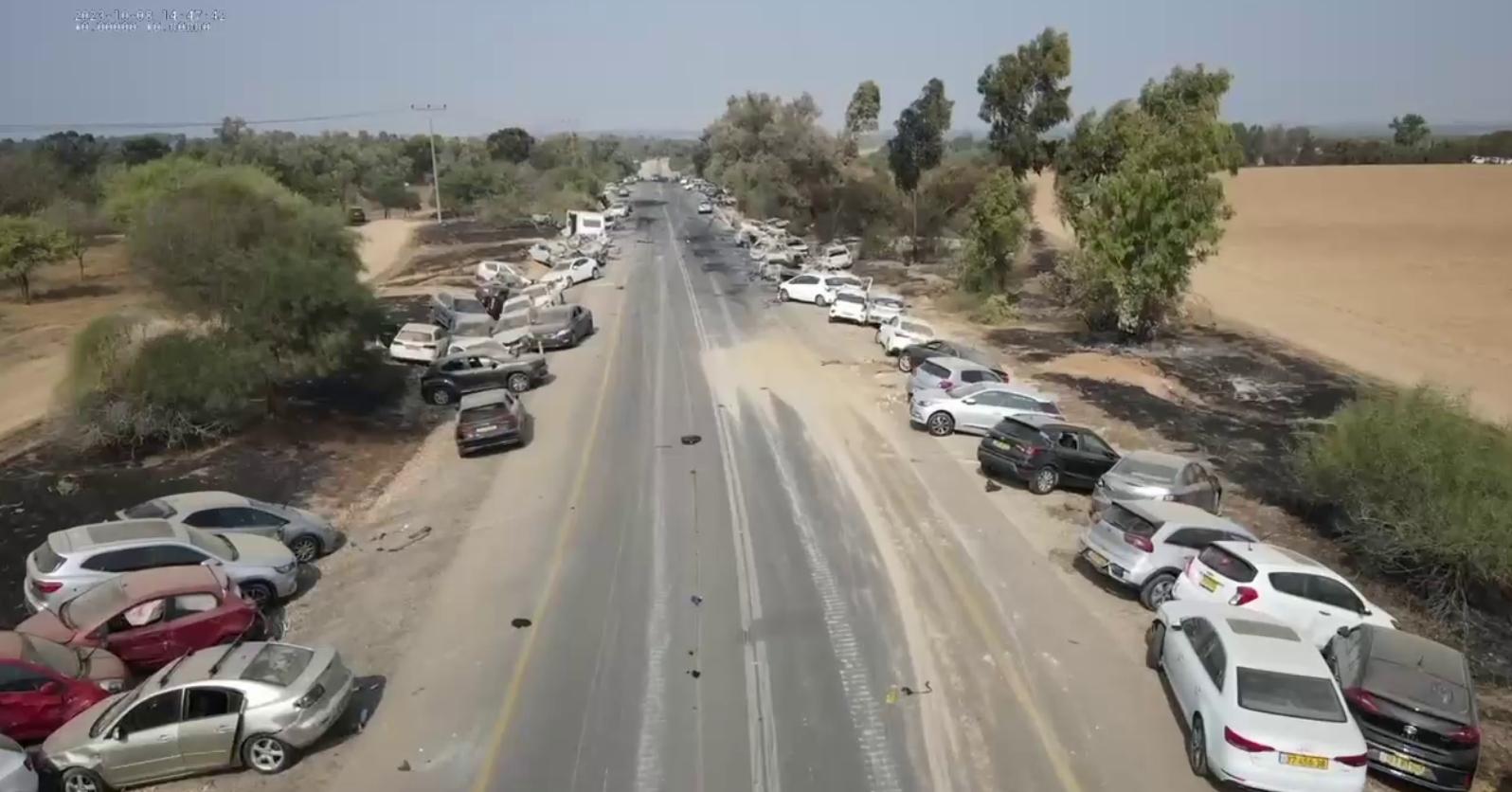SPACE — In September 2022, NASA’s Double Asteroid Redirection Test (DART) made history. The DART mission crashed into an asteroid and proved kinetic impact could set a space rock on a collision course with Earth.
The DART mission also sent back images of the debris-strewn surface of its target, Dimorphos, a small moon of the larger asteroid Didymos. These images not only made scientists calculate the landing procedure on Didymos, but also imagine what it would be like to set foot on an asteroid or similar space rock.
In a video explaining how to explore asteroids, planetary scientist Naomi Murdoch explains that the first challenge faced by astronauts on Dimorphos was the large rocks scattered on the surface of the 170 meter high asteroid. “The boulders covering the surface of Dimorphos are much larger than they appear,” Murdoch said in a European Space Agency (ESA) release.
The width of the rocks on the asteroid varies between 5 and 7 meters. The largest stones are usually the size of a house. “Moving across these boulders would likely involve more climbing and jumping, rather than walking,” Murdoch said.
Also read: Webb Telescope and SOFIA will reveal the metal content of the asteroid Psyche
Dimorphos’ debris-strewn appearance suggests it formed when its parent, Didymos, spun fast enough to launch boulders from its surface into space. This theory is supported by the fact that Didymos has a shape like a spinning top, and its surface appears to be clean of loose chunks of rock.
Another risk, if astronauts can walk on the surface of the asteroid, it will collide with a solid surface or sink below the surface. When NASA’s OSIRIS-REx mission visited the asteroid Bennu in 2020, video of its landing showed one of the robot’s legs landing too hard and nearly sinking.
The reason is, Bennu is a pile of asteroid debris that is so loosely arranged that it resembles a child’s ball pit.
“A lot depends on whether the material is hard or soft, which will determine how high astronauts can bounce or sink,” said Patrick Michel, director of research at the Observatoire de la Cote d’Azur, in an ESA release.
“On the asteroid Bennu visited by NASA’s OSIRIS-REx, you would obviously sink if you landed too hard,” he said.
Another risk faced by humans who want to walk on asteroids is the way they attach to the asteroid’s surface. On Earth, gravity keeps us on the ground.
Also read: Facts about the launch of the Psyche mission, an asteroid mine worth 10 thousand quadrillion dollars
For objects of much smaller mass, gravity would not be enough to stop astronauts permanently losing their footing. Imagine, Dimorphos’ gravity is less than one millionth of Earth’s gravity.
Patrick said an upward movement of 6 cm per second would be enough to send astronauts into orbit around the asteroid they were exploring. “Jump too soon, and you may never come back down,” says Naomi.
Another challenge, an environment with very low gravity will easily produce significant ground movement. This has the potential to trigger a rockslide.
2023-10-09 07:48:00
#feel #walk #asteroid #Explanation #Scientists #Space #Space

